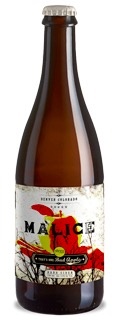I was recently defended a specious counterclaim for damages alleging the wrongful filing of a certificate of pending litigation that supposedly caused the opposing party damages.
In researching the matter. I found the case law to be very clear that in order to succeed with this claim, it must be shown that the opposing party who filed the certificate of pending litigation did so maliciously.
In Marshall v. Heidi (1984 ) 56 BCLR 107, ( C.A.) . the appeal court held that the root of the action lies in abuse of civil process, and like other actions for abuse of civil process, the ingredients of the action required that the plaintiff establish malice on the part of the defendant, who filed the charge and the damages flow from the malicious filing and malicious abuse of process.
The Supreme Court of Canada to find the malice in Hill v. Church of Scientology of Toronto, [1995] 2 S.C.R. 1130 (S.C.C.) where the follow
Malice is commonly understood, in the popular sense, as spite or ill-will. However, it also includes, as Dickson J. (as he then was) pointed out in dissent in Chemeskey, supra, at p. 1099, “any indirect motive or ulterior purpose” that conflicts with the sense of duty or the mutual interest which the occasion created. See, also, Taylor v. Despard, [1956] O.R. 963 (C.A.). Malice may also be established by showing that the defendant spoke dishonestly, or in knowing or reckless disregard for the truth
|
|




